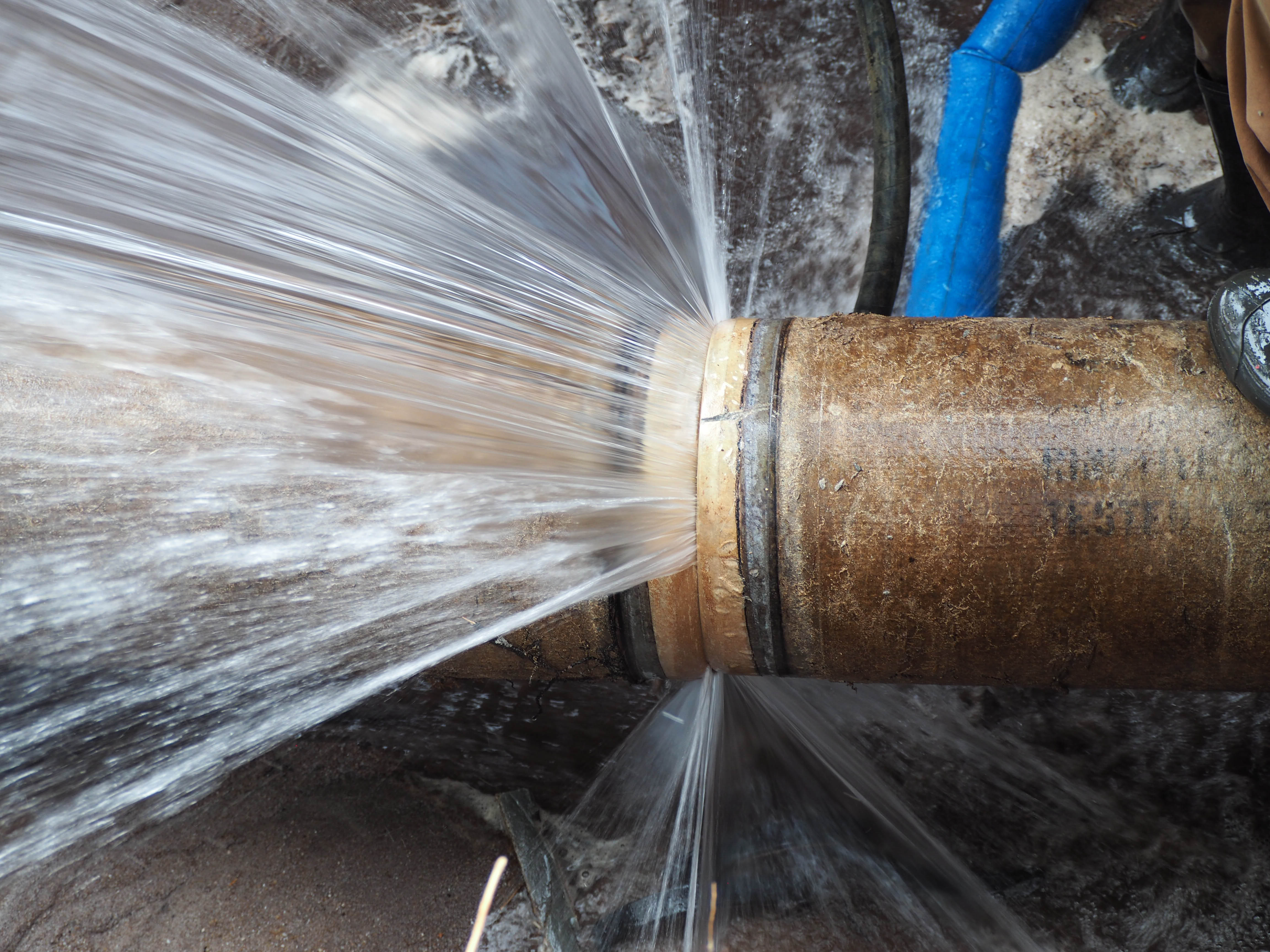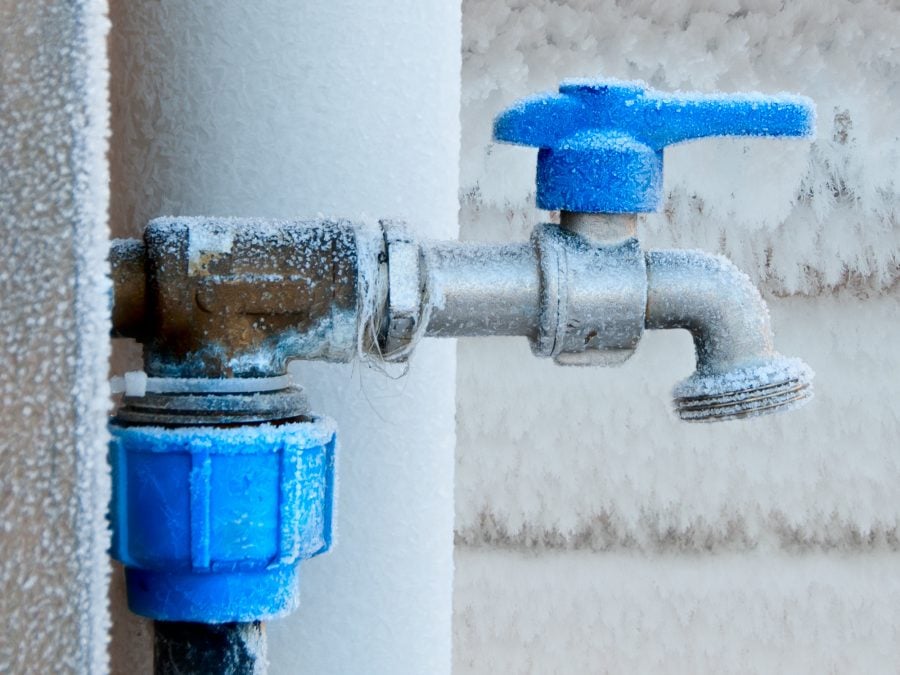Just how do you feel when it comes to How To Avoid Freezing Pipes?

Cold weather can wreak havoc on your pipes, particularly by freezing pipes. Right here's exactly how to stop it from taking place and what to do if it does.
Intro
As temperature levels decline, the threat of frozen pipes rises, potentially bring about expensive repair services and water damage. Recognizing exactly how to stop frozen pipelines is essential for homeowners in chilly environments.
Understanding Frozen Pipelines
What causes pipes to ice up?
Pipes freeze when revealed to temperature levels listed below 32 ° F (0 ° C) for expanded periods. As water inside the pipes freezes, it increases, taxing the pipe walls and potentially triggering them to rupture.
Risks and damages
Frozen pipes can result in water supply interruptions, residential or commercial property damages, and costly repair work. Ruptured pipes can flood homes and trigger extensive architectural damages.
Indicators of Frozen Piping
Recognizing icy pipelines early can avoid them from bursting.
How to recognize frozen pipes
Seek reduced water flow from taps, unusual smells or noises from pipelines, and visible frost on exposed pipelines.
Prevention Tips
Shielding susceptible pipelines
Wrap pipelines in insulation sleeves or utilize warm tape to protect them from freezing temperature levels. Focus on pipes in unheated or external locations of the home.
Home heating methods
Maintain interior areas properly heated up, particularly locations with pipes. Open up closet doors to allow warm air to circulate around pipes under sinks.
Shielding Exterior Pipes
Yard tubes and exterior taps
Separate and drain pipes garden tubes prior to winter months. Mount frost-proof faucets or cover outdoor faucets with shielded caps.
What to Do If Your Pipelines Freeze
Immediate actions to take
If you think frozen pipes, keep taps open up to relieve pressure as the ice thaws. Utilize a hairdryer or towels soaked in hot water to thaw pipelines gradually.
Long-Term Solutions
Architectural modifications
Think about rerouting pipes far from exterior wall surfaces or unheated areas. Include additional insulation to attics, basements, and crawl spaces.
Updating insulation
Invest in top quality insulation for pipelines, attics, and walls. Correct insulation helps preserve regular temperatures and minimizes the threat of frozen pipes.
Final thought
Preventing frozen pipes needs aggressive measures and quick reactions. By understanding the causes, indications, and safety nets, property owners can safeguard their plumbing throughout cold weather.
5 Ways to Prevent Frozen Pipes
Drain Outdoor Faucets and Disconnect Hoses
First, close the shut-off valve that controls the flow of water in the pipe to your outdoor faucet. Then, head outside to disconnect and drain your hose and open the outdoor faucet to allow the water to completely drain out of the line. Turn off the faucet when done. Finally, head back to the shut-off valve and drain the remaining water inside the pipe into a bucket or container. Additionally, if you have a home irrigation system, you should consider hiring an expert to clear the system of water each year.
Insulate Pipes
One of the best and most cost-effective methods for preventing frozen water pipes is to wrap your pipes with insulation. This is especially important for areas in your home that aren’t exposed to heat, such as an attic. We suggest using foam sleeves, which can typically be found at your local hardware store.
Keep Heat Running at 65
Your pipes are located inside your walls, and the temperature there is much colder than the rest of the house. To prevent your pipes from freezing, The Insurance Information Institute suggests that you keep your home heated to at least 65 degrees, even when traveling. You may want to invest in smart devices that can keep an eye on the temperature in your home while you’re away.
Leave Water Dripping
Moving water — even a small trickle — can prevent ice from forming inside your pipes. When freezing temps are imminent, start a drip of water from all faucets that serve exposed pipes. Leaving a few faucets running will also help relieve pressure inside the pipes and help prevent a rupture if the water inside freezes.
Open Cupboard Doors
Warm your kitchen and bathroom pipes by opening cupboards and vanities. You should also leave your interior doors ajar to help warm air circulate evenly throughout your home.

Do you enjoy reading up on How To Avoid Freezing Pipes? Place feedback down below. We'd be glad to listen to your suggestions about this blog post. We are looking forward that you come back again in the future. In case you enjoyed reading our blog entry plz remember to share it. Thank you so much for taking the time to read it.
Request A Quote